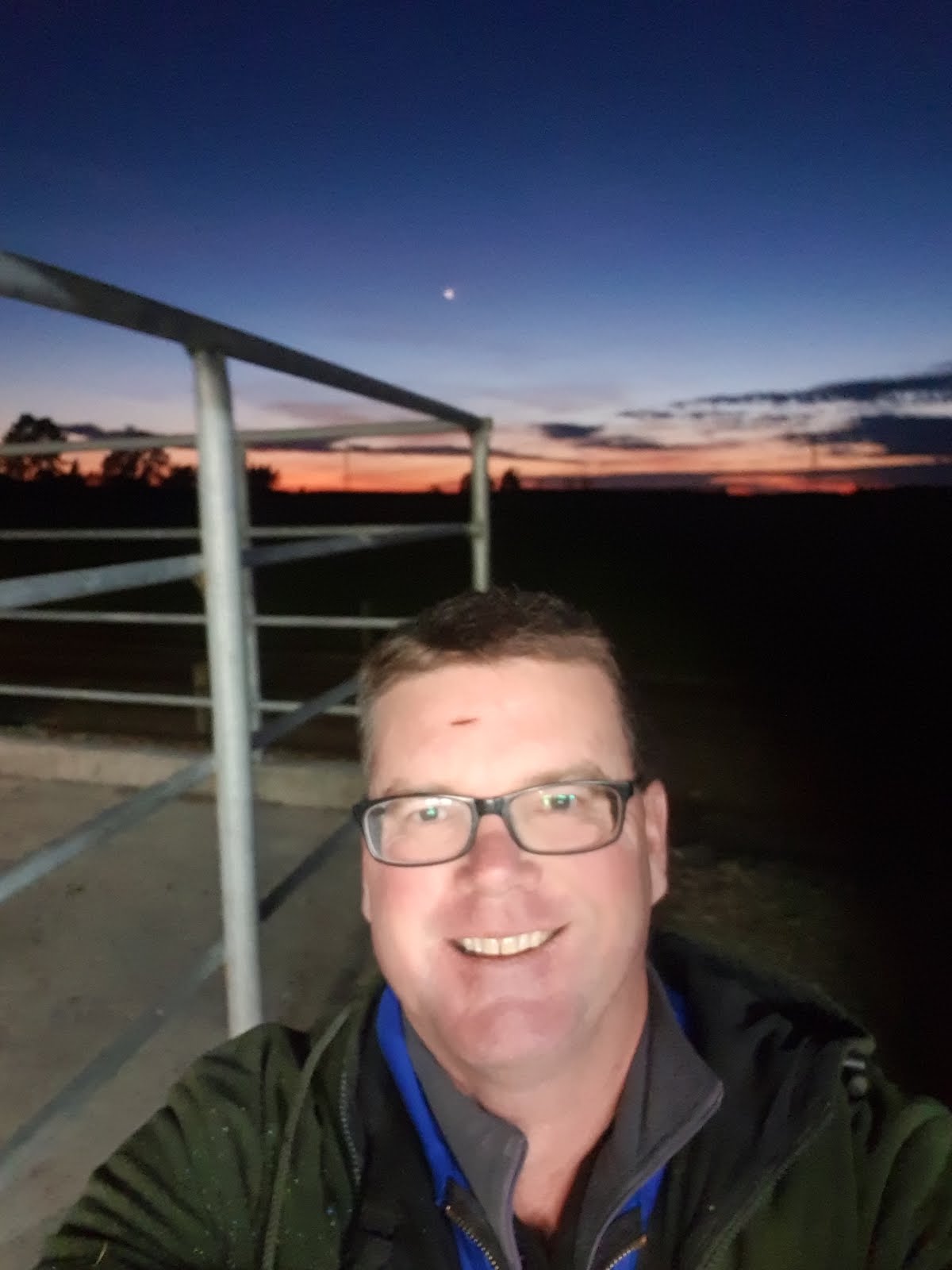As you travel north into Ashburton you
are greeted by a stark black billboard with large white lettering making a very
bold claim: Ravensdown & Ballance Pollute Rivers.
Shortly after passing the billboard
you’ll drive over the bridge that spans the Ashburton River and through a flock
of wheeling and squawking gulls in a scene reminiscent of the rubbish dumps of
my childhood. You could take this opportunity to explain to your travelling
companion that the guano from the thousands of gulls nesting in the braided
river below is as thick as the irony contained in the billboard’s simplistic
message.
You see, from State Highway 1 to the
ocean it’s those native seagulls that are polluting our river, not a fertiliser
company. There’s not as many nesting this year as have in the past, only an
estimated 8000, but that’s still equivalent to 4000 cows pumping E.Coli into
the river every single day.
That’s right, two seagulls excrete as
much E.Coli per day as a single dairy cow, which is still far preferable to
ducks, a single one of which poops out nearly 16 times as many of the nasty
organisms daily as a cow does.
Up river you can still happily and
safely swim, but once you reach the colony of seagulls the danger of getting
sick becomes very real.
I guess NATIVE SEAGULLS ARE POLLUTING
RIVERS wouldn’t cause the type of outrage their disingenuous offering is hoping
for.
After you’ve explained this to your
passenger they might turn to you and say “Don’t be silly, the billboard is
obviously referring to nitrogen and not pathogens”.
Once you’re over the bridge you’ve got
three sets of traffic lights to explain to them that nitrogenous fertiliser
isn’t the main source of N leaching on dairy farms, it’s cow urine, and the cow
doesn’t care whether the source on nitrogen is organic chicken poo, fixed from
the atmosphere by legumes or applied by a truck: it’s still going to get
ingested and excreted.
Further, your passenger might like to
know that every farm in Canterbury has to submit an environmental plan and a
nutrient budget to the regional council, and not only is the amount of nitrogen
leached from their systems capped it is expected to fall and it’s audited
annually to ensure it does. Ballance and Ravensdown are doing everything they
can to help farmers achieve this.
“But too many cows!” your passenger
sputters.
“Did you know that market gardens can
leach three times the nitrate of the average dairy farm”, you say as you pull
over, giving them something to ponder on their long walk to Christchurch.
